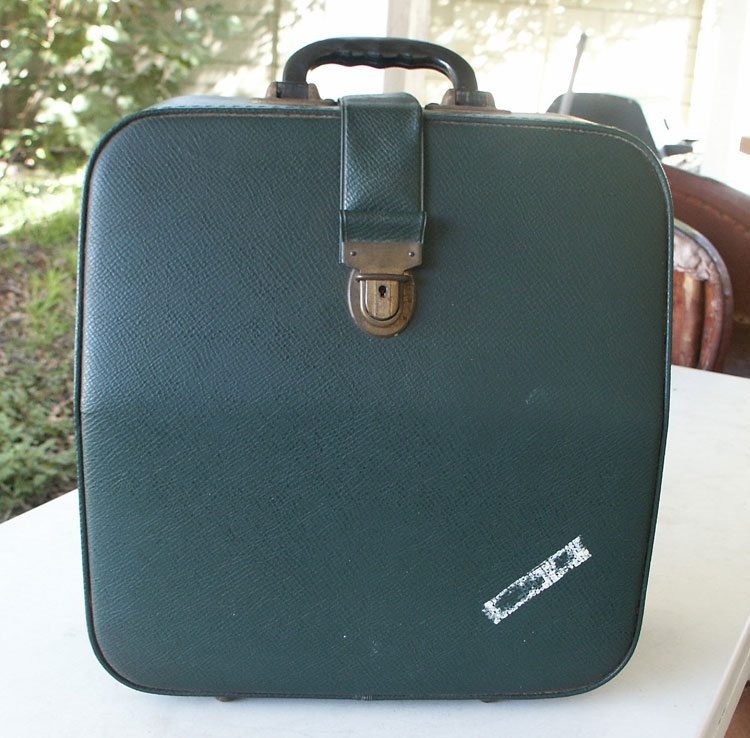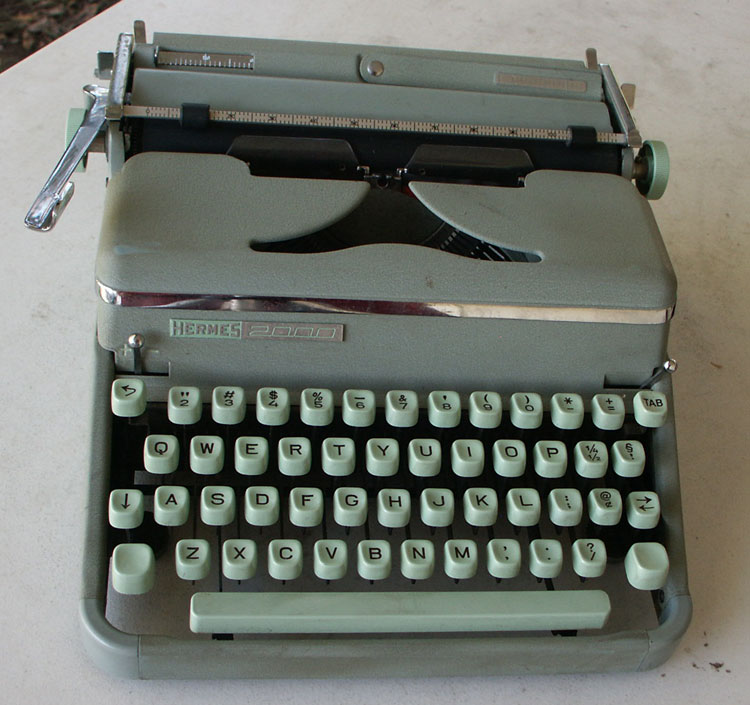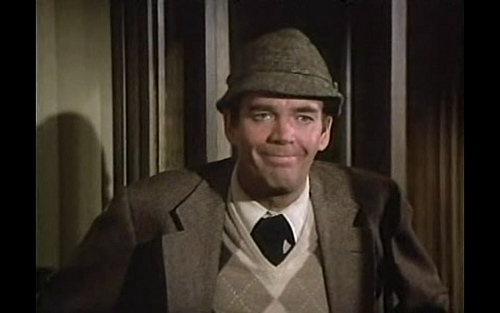Heh, it must be Hermes 2000 day today in the typosphere. I typed this up at work, then brought Ellery home to try him in regular rotation, and I fire up the typosphere.net blogroll and find that Adventures in Typewriterdom did his post today on his H2000. What’re the odds?




I loved that show!
I have a similar skipping issue on a 3000. I figured out mine was mostly my fault as I strike the “a” at a bit of an angle and it bounces.
Beautiful typewriter, and interesting case, which I hadn’t seen yet. May I use it for http://typewriters.ch/collection/hermes_2000.html ? regards
@shordzi: go for it (:
@Peter: Yep, I’m sure my typing style has something to do with it, but it’s the only machine I have with this problem, so I’m certain there’s gotta be some mechanical adjustment I can make to clear it up.
It doesn’t seem to be aproblem with typing style and it definitely happens more with certain keys than others.
That’s a beauty. I’d like to try out one of those some day.
http://www.npr.org/2011/06/24/137318010/tom-hanks-fights-cynicism-with-cinema-in-crowne
Actor Tom Hanks talks about the Hermes 2000, and his love for typewriters, of which he owns hundreds.
Look for the link on the middle left of the page, after the jump.
:)
I realize this post is an old one and you’ve likely long resolved it but here’s a couple thoughts…Beyond the suggestions already correctly made above (typing style, stability of the surface, carriage tension being incorrect, gunk/filth inhibiting the escapement mechanism, carriage rails etc), the skipping problem can be a attributed to excess carriage ‘shake’ most evident at either position extremes, and of course the position of the dogs to the escapement and star wheel. I cannot recall just now off top of my head f the Hermes 2000 uses a U-Bar trip mechanism, but if it does, the U-Bar can be out of position ever so slightly and the key levers will engage it variously rather than uniformly at the point of contact which can lead to an inconsistent ‘trip’ of the escapement. All possibilities. After incorrect drum spring tension, the carriage shake is a high possibility culprit (which can be determined by gently wiggling back and forth the carriage at its extreme left most and right most positions…there should not be any more free ‘play’ there per se, than when it is in its central position…just some thoughts! Best with it – cheers!